- Quick Relief: Light therapy offers a promising alternative for managing seborrheic dermatitis (SD) symptoms like flaky scales and itchiness.
- Targeted Treatment: Specific light wavelengths, such as LED, UVB, and picosecond lasers, are effective in reducing inflammation and promoting skin health.
- Scientifically Backed: Research supports light therapy’s ability to improve skin structure and reduce SD symptoms.
- Safe Option: Studies indicate light therapy is safe with minimal risks, offering peace of mind for those seeking alternatives to traditional treatments.
- Personalized Approach: While experiences vary, professional guidance is crucial to tailor light therapy for individual needs and maximize results.
Seborrheic dermatitis (SD) is a prevalent skin condition characterized by bothersome symptoms such as flaky scales, skin redness, and persistent itching. It commonly affects areas like the scalp, face, and chest [1]. While conventional treatments like antifungal and anti-inflammatory creams are available, many individuals seek alternative options to better manage their symptoms and improve their skin health.
Light therapy emerges as an innovative approach showing significant potential in alleviating seborrheic dermatitis. This treatment uses specific light wavelengths to target inflammation and enhance overall skin condition. This article will explore the use of light therapy as an alternative treatment for seborrheic dermatitis, presenting research findings in an easy-to-understand format for everyone.
In a nutshell: Light therapy is a promising alternative treatment for seborrheic dermatitis (SD). Research demonstrates the effectiveness of LED, UVB, and picosecond lasers in alleviating symptoms and promoting healthier skin. Real-world results vary, highlighting the importance of personalized treatment plans under professional guidance. Light therapy offers a hopeful option for managing SD, either alongside or in place of traditional treatments, always emphasizing the need for dermatological supervision.
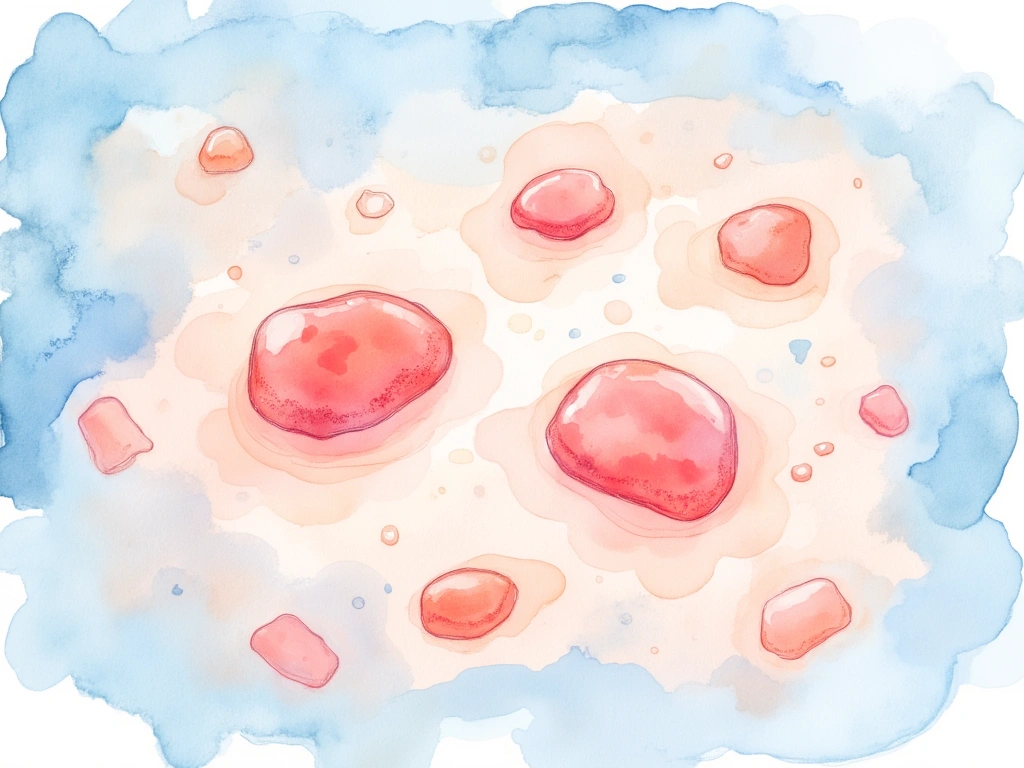
Understanding Seborrheic Dermatitis and How Light Therapy Can Help
Before diving into the benefits of light therapy, let’s briefly understand seborrheic dermatitis and the mechanism of light therapy. Seborrheic dermatitis is triggered by a combination of factors, including sebum production, the presence of Malassezia yeast, and immune system irregularities [2]. Light therapy, conversely, utilizes different light wavelengths to positively influence skin conditions at a cellular level [1].
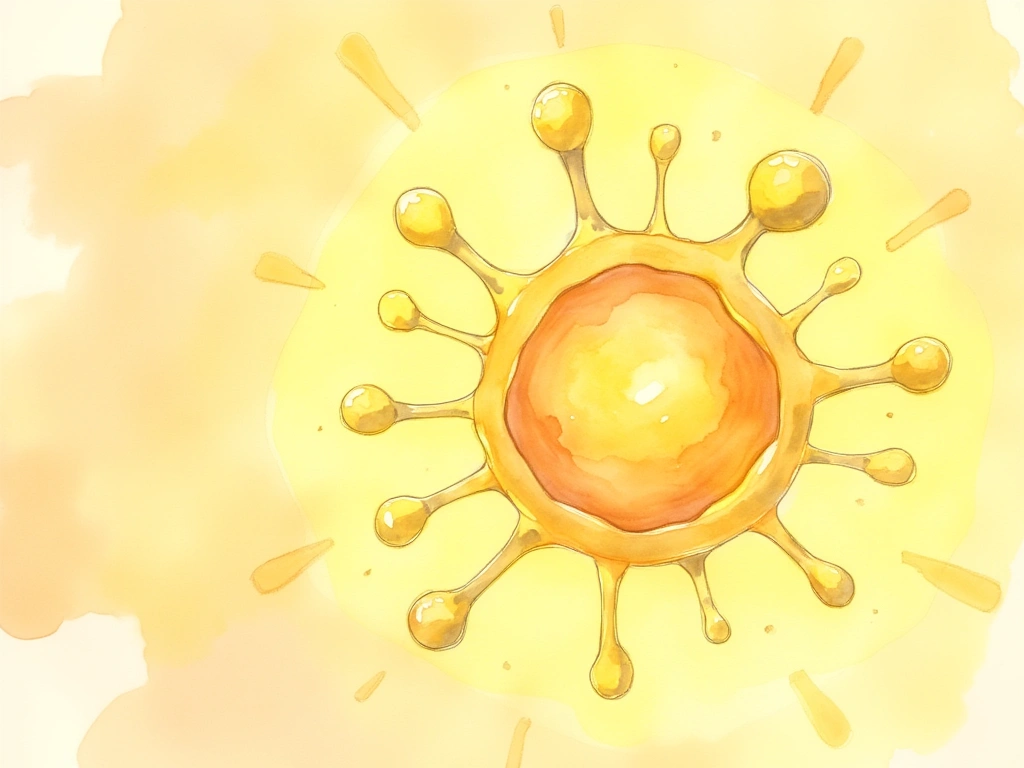
The Science Supporting Light Therapy for Skin Health
Light therapy’s effectiveness in improving skin health is backed by scientific research:
- Enhancing Skin Structure: Research indicates that light therapy can improve skin structure and elasticity. These are vital factors for skin affected by seborrheic dermatitis, helping to restore a healthy skin barrier [3].
- Reducing Inflammation with UV Light: When used within safe parameters, UV light has been shown to reduce inflammatory symptoms in skin conditions similar to seborrheic dermatitis, such as psoriasis [4].
- LED Therapy for Sensitive Skin: LED therapy, particularly using red and blue light, has been proven to decrease symptoms associated with sensitive skin syndrome, suggesting its potential benefits for the sensitive and inflamed skin in seborrheic dermatitis [5].
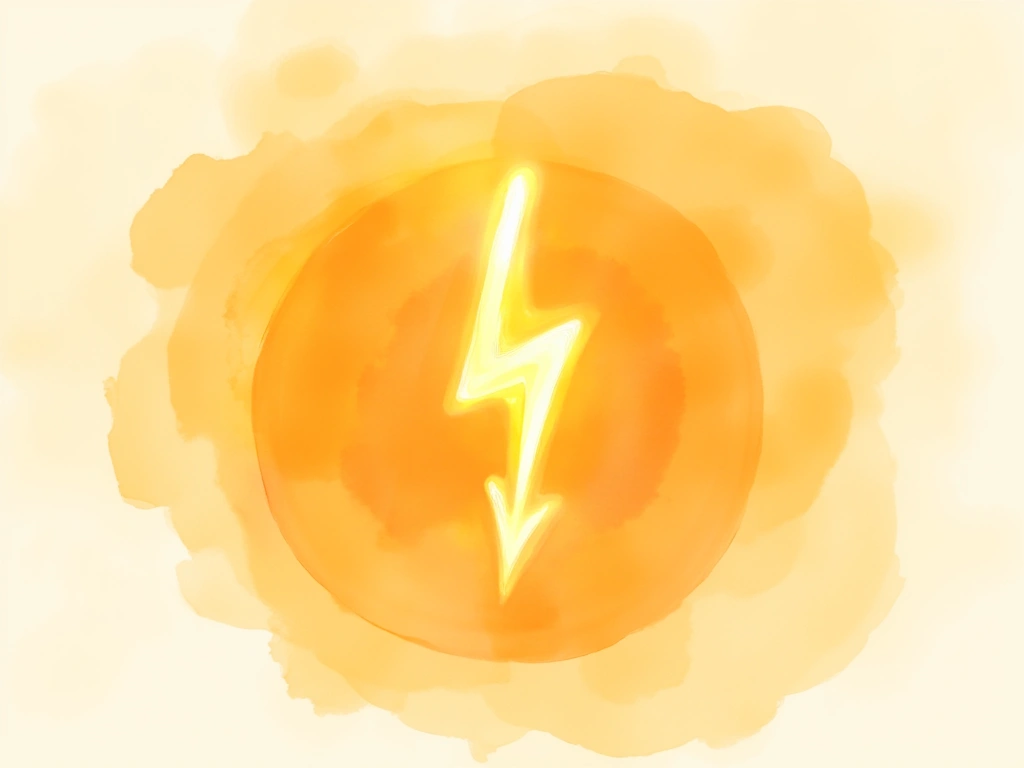
Is Light Therapy Safe? Understanding the Risks
Safety is a key concern when considering any treatment. Here’s what research says about the safety of light therapy:
- No Increased Malignancy Risk: Safety studies confirm that Photobiomodulation (PBM) therapy does not elevate the risk of malignancy. This provides reassurance for individuals considering long-term light therapy [6].
- Blue Light Therapy Safety: Specifically, blue light therapy has been shown to have no harmful effects on human skin, further solidifying the safety profile of certain light therapy types [2].

Light Therapy Specifically for Seborrheic Dermatitis: Promising Options
Different types of light therapy have been investigated for their effectiveness in treating seborrheic dermatitis:
- LED Therapy for Facial SD: Studies have shown that LED therapy can lead to significant improvements in patients with facial seborrheic dermatitis that is resistant to other treatments. This highlights LED therapy as a valuable option for stubborn cases [3].
- Red and Blue LED Combination for Scalp SD: Combining blue and red LED therapy presents a practical home-use treatment option for scalp seborrheic dermatitis. This combination leverages the anti-inflammatory and antimicrobial properties of different light wavelengths [7].

Real-Life Experiences: Light Therapy for Seborrheic Dermatitis
Personal experiences shared on platforms like Reddit offer a glimpse into the real-world effectiveness of light therapy for seborrheic dermatitis. While some individuals report significant symptom relief, others experience minimal changes. This mixed feedback emphasizes that individual responses to light therapy can vary widely and personalized approaches are crucial [Source].

Delving Deeper: Research on Phototherapy Efficacy
Research continues to uncover the mechanisms and benefits of phototherapy for skin conditions:
Innovative Findings
Phototherapy devices, such as LEDs and excimer light, are showing promising results in skin treatment:
- Reducing Problematic Bacteria: Phototherapy can reduce the abundance of harmful bacteria in atopic dermatitis. This is significant for seborrheic dermatitis as well, where microbial balance plays a role [10].
- Improving Acne via Microbiota Shift: Phototherapy’s ability to alleviate acne by altering the skin’s microbiota highlights its versatility in addressing various skin issues. This mechanism could also be beneficial in managing the yeast component of seborrheic dermatitis [4].
UVB Therapy Specifics
UVB light therapy, including narrowband UVB, is a targeted approach for skin conditions:
- Targeted Relief for Seborrheic Dermatitis: UVB light therapy, specifically tailored for seborrheic dermatitis, has demonstrated positive outcomes in reducing symptoms and improving skin condition [11].
LED Therapy Outcomes
LED therapy continues to show promise in treating seborrheic dermatitis:
- Symptom Reduction in Resistant Cases: LED therapy has proven effective in reducing symptoms, even in challenging, treatment-resistant cases of seborrheic dermatitis, reinforcing its potential as a powerful treatment option [7].
- Accelerated Healing and Pain Relief: Beyond SD, LED therapy also promotes faster wound healing and reduces pain in radiation dermatitis, showcasing its broader therapeutic benefits for skin health [12].
Picosecond Laser Therapy Advancements
Picosecond lasers represent another frontier in light-based treatments:
- Significant Symptom Reduction: Picosecond lasers have shown the ability to significantly decrease seborrheic dermatitis symptoms. This opens new avenues for light-based treatments and warrants further investigation for SD management [13].

Guidelines for Considering Light Therapy for Seborrheic Dermatitis
If you are considering light therapy for seborrheic dermatitis, remember these important points:
- Professional Consultation is Key: Always begin with a consultation with a dermatologist to determine if light therapy is suitable for your specific condition and to establish the correct treatment plan and dosage.
- Monitor Skin Reactions: Closely observe your skin’s response to light therapy, as individual reactions can vary. Regular follow-ups with your dermatologist are important to adjust treatment as needed.
- Not a Universal Solution: Understand that light therapy is not a one-size-fits-all solution. While research is encouraging, its effectiveness can depend on various individual factors, and it should be approached with realistic expectations.

Final Thoughts: Light Therapy and the Future of SD Treatment
Light therapy presents a compelling and promising avenue for managing seborrheic dermatitis, either as a complementary approach or an alternative to traditional treatments. The favorable safety profile of various light therapies [] and their demonstrated success in improving skin conditions [] make it a worthy consideration for those struggling with SD. However, achieving clear and healthy skin is a journey that often requires personalized strategies, and light therapy is most effectively explored under the guidance of a medical professional.
Consulting with a dermatologist is crucial for anyone interested in light therapy to create a tailored treatment plan that aligns with their specific needs and skin condition.
In conclusion, light therapy offers a beam of hope for individuals with seborrheic dermatitis, providing a path towards more effective symptom management and an improved quality of life as research continues to illuminate its capabilities.
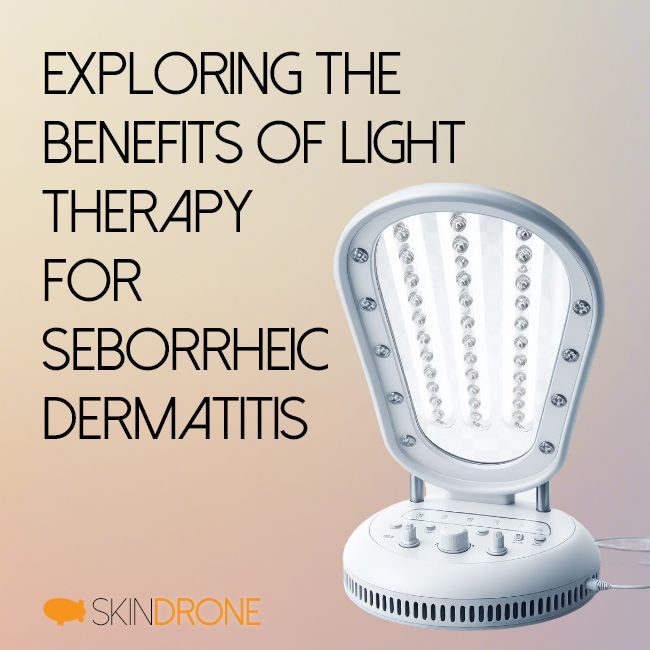

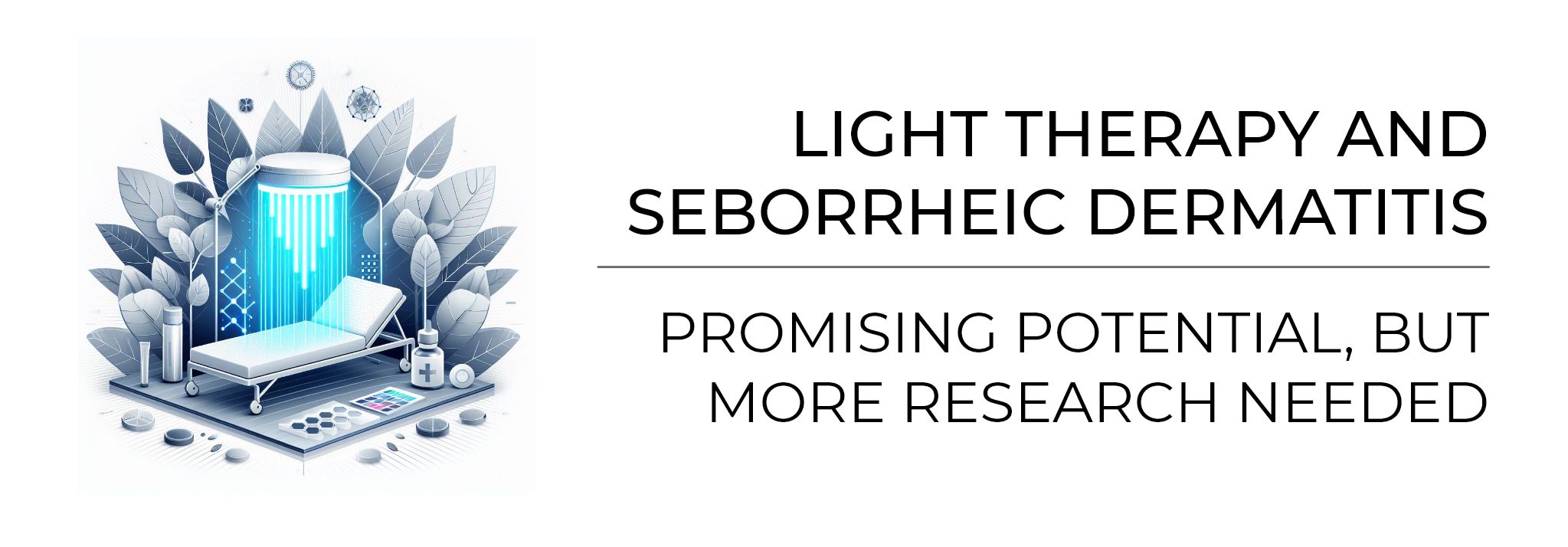
No Comments
Be the first to start a conversation